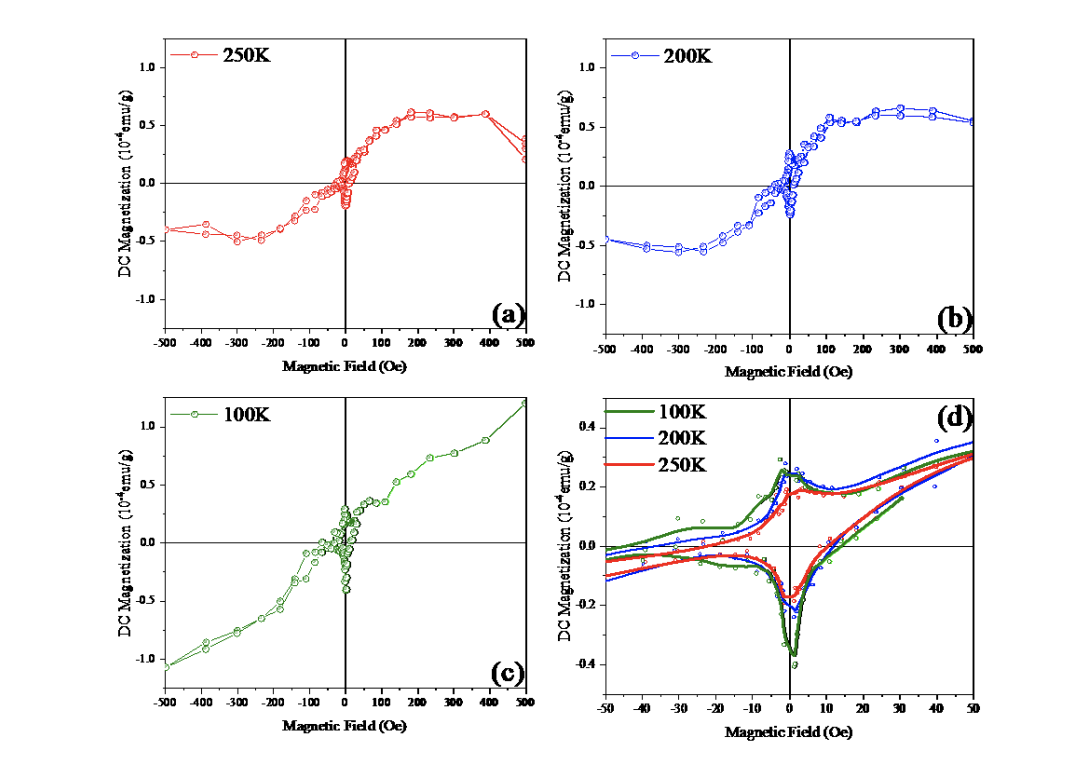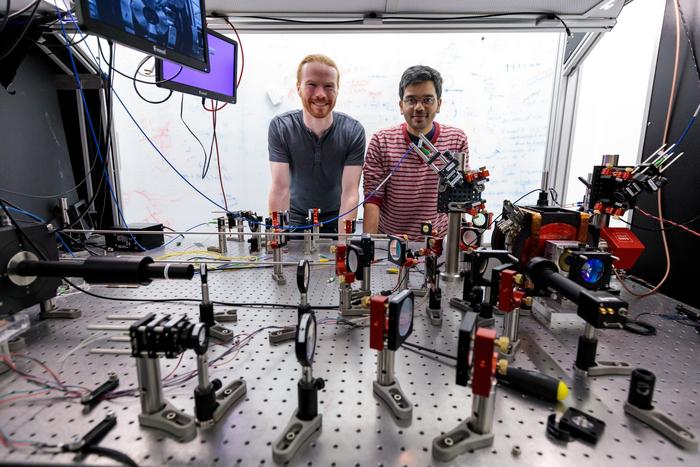Insider Brief
- A team of researchers report the replication experiments suggest a copper-substituted lead apatite (CSLA) may serve as a candidate for room-temperature superconductivity.
- Last year, replication efforts on a similar room-temperature superconductor were inconclusive, at best.
- While many in the community are somewhat intrigued by the results, a lot more work is needed.
Editor’s note: The science communication role means you are one part technical translator and one part perpetual jilted lover. Science is a harsh taskmaster and, more often than not, “breakthroughs” can barely break through the door of replication efforts, or are doomed to never scale outside of the lab. Last year, a team of Korean scientists reported that they achieved room-temperature superconductor using a modified lead-apatite — LK-99 — structure. Replication efforts did not go so well. Now, it seems a team of Chinese scientists, from respected institutions, have reported success with a modified LK-99 investigation. At the risk of being stood up at the altar of the scientific method yet again, and understanding the duty to inform the community, here is a cautious summary of the paper guided by some social media commentary — along with an earnest hope for peer review and an entreaty to not shoot the messenger even as I hear a round slide into the chamber:
Often a cliche is a cliche because it work so well and so, with that in mind, the quest for room-temperature superconductivity is often referred to as the Holy Grail in the world of materials science. A recent study involving researchers from several institutions in China has brought this quest into the spotlight once again. However, the findings, released in the pre-print server ArXiv, while intriguing, also underscore the complexities and challenges in this field, especially concerning the reproducibility of results.
The research focused on a material known as copper-substituted lead apatite (CSLA), previously proposed as a candidate for room-temperature superconductivity. The team’s experiments revealed diamagnetic dc magnetization in this material below room temperature. This behavior was observed under a magnetic field of 25 Oe (a unit of magnetic field strength), with a notable bifurcation between zero-field-cooling and field-cooling measurements. At 200 Oe, the material exhibited paramagnetism, and a glassy memory effect was observed during cooling. These are tantalizing hints, as they resemble behaviors typical of superconductors, including the presence of hysteresis loops below 250 K. Hysteresis loops are critical to assessing how superconductors respond to and retain effects of an applied magnetic field.
However, the study’s findings are tempered by significant caveats. Notably, the complete Meissner effect, a definitive characteristic of superconductivity, was not conclusively observed. Previous research has hinted at large diamagnetism in similar materials, but doubts have been raised regarding their origins, such as the possibility of stemming from copper(I) sulfide, or Cu2S. In past research, the mineral, which is known for its electrical and magnetic properties, was found to contribute to diamagnetic behavior.

Moreover, the direct observation of dc hysteresis, this crucial indicator of superconductivity, remains elusive. It has been observed under microwave conditions but not in direct current measurements. This gap in evidence highlights the ongoing challenges in confirming room-temperature superconductivity in CSLA.
The research team’s methodology involved meticulously designing and fabricating modified CSLA samples to prevent ferromagnetism due to excessive copper doping. This process included a series of sophisticated steps, from mixing ingredients to calcining under controlled conditions. The pursuit of purity in the samples was paramount, as strong paramagnetic signals could overshadow weak superconductivity.
Despite these rigorous efforts, the signals indicating superconductivity in the samples were still extremely weak. The researchers acknowledge the necessity of further synthesizing scalable samples with more active components to strengthen these signals.
In summary, while the research offers some indications of room-temperature superconductivity in CSLA, the absence of a complete Meissner effect and direct dc hysteresis observations necessitate a cautious approach to these findings.
As with many scientific endeavors, each step, even if inconclusive, is part of the journey towards potential groundbreaking discoveries. And, it’s important to point out, while it’s popular to suggest that room-temperature superconductors may have profound effects on quantum computing, the actual impact on quantum computing might be minimal and tangential.
The research team include scientists from the Institute of Process Engineering of the Chinese Academy of Sciences, South China University of Technology, Beijing 2060 Technology Co., Ltd, Huazhong University of Science and Technology, Fuzhou University, Tokai University and the University of Science and Technology Beijing,
If you found this article to be informative, you can explore more current quantum news here, exclusives, interviews, and podcasts.



















